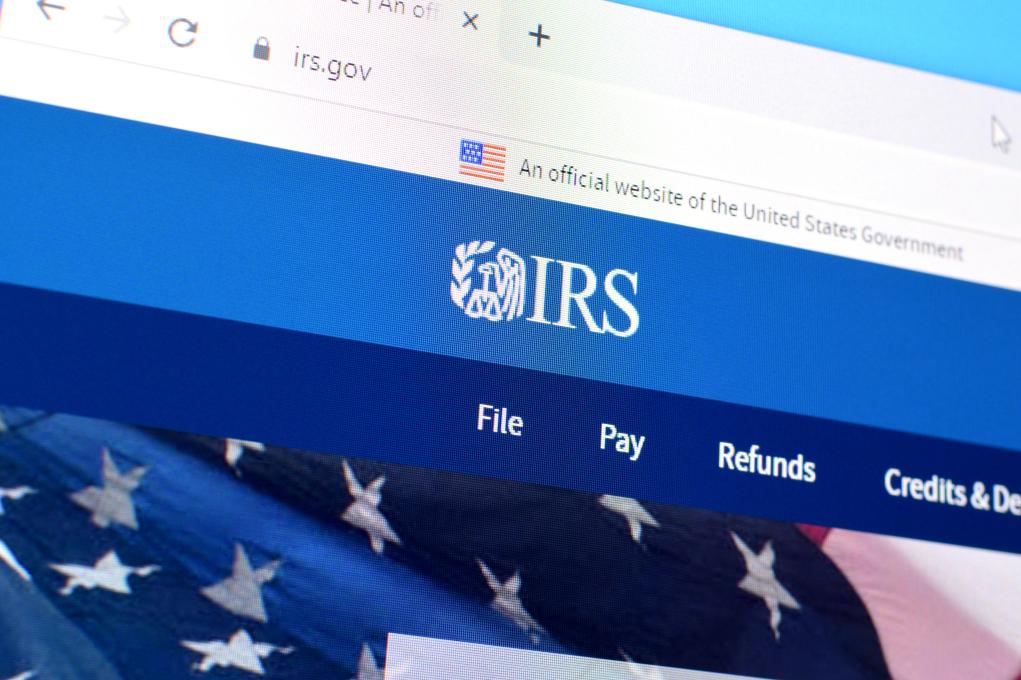
Married couples often file joint tax returns to reap the benefits unique in the tax system to them. Yet, sometimes couples separate or divorce, and even in ongoing relationships, there might be times when a spouse files taxes incorrectly or omits information, resulting in additional taxes, penalties, and interest levied on both spouses. Alternatively, a court order might assign responsibility for the entire debt to one spouse even when the other earned income contributing to the tax burden. The IRS’ Innocent Spouse Program provides relief options for spouses who believe they carry an unfair share of tax burdens in these and similar situations.
There are three types of relief available and different qualifications required for each.
1. Innocent Spouse Relief
Individuals might qualify for innocent spouse relief if their spouse failed to report income, misreported it, or improperly reported or claimed deductions or credits. To qualify, applicants must meet the following conditions:
- The applicant must have filed a joint return resulting in a tax understatement due to unreported income, incorrect deductions or credits, or unreasonable expenses claimed by the spouse (or former spouse).
- The applicant asserts they didn’t have any reason to know there was an understatement of tax when they signed the return. The IRS asks applicants whether they had any actual knowledge or could have known based on reasonable assumptions from past returns that their spouse was underreporting.
- The applicant and their spouse can’t have transferred property to one another as part of a fraudulent scheme that would injure the IRS or another third party, like creditors or business partners, through fraud.
- The IRS looks at all the factors surrounding the case to evaluate the fairness of holding the applicant liable for the tax understatement. They consider factors like whether the applicant’s spouse deserted them, separation, and divorce. They also examine whether anyone benefitted from the understatement and who those parties were. They generally will not consider applicants who have reaped significant benefits.
2. Separation of Liability Relief
Separation of liability relief divides tax liability, including interest and penalties, between spouses. Typically, the IRS allocates liability based on the portion of the taxes each spouse is responsible for paying. To qualify for this relief, the applicant must prove that they didn’t fraudulently transfer property to avoid tax or knowingly understate tax liability.
To qualify, applicants must meet the following requirements:
- They must be separated or divorced from the spouse with whom they jointly filed the return. If they are widowed, it counts as no longer being married.
- They can not have co-habited in the same household as their spouse with whom they filed a joint return at any time during a 12-month period ending on the date they filed for separation of liability relief. To qualify, spouses may not live in the same dwelling. Temporary absences due to imprisonment, illness, work, vacation, military service, and education do not qualify as separation.
3. Equitable Relief
Equitable relief serves when innocent spouse relief and separation of liability relief don’t apply, and unlike the first two relief options, applicants can obtain equitable relief from an understatement of tax or an underpayment of tax. Equitable relief could reduce or eliminate an applicant’s responsibility for tax, interest, and penalties, depending on circumstances and hardships as determined by the IRS. Equitable relief may provide a solution when one partner has a significant tax burden because of an item that falls under the umbrella of community property. There are a number of qualifications and requirements for equitable relief, but the main ones include:
- The applicant must prove there was no fraudulent transfer of property to avoid paying taxes.
- The applicant must attest there was no intent to commit fraud through understatement, underpayment, or non-payment of taxes.
- The tax liability from which the applicant seeks relief must be attributable to the spouse with whom the joint return was filed. The IRS allows a few exceptions to this rule which applicants might want to study further, including domestic abuse and intimidation.
How To Apply for Relief
To obtain any of these forms of tax relief, individuals must file Form 8857 with the IRS as soon as they learn about any tax liability they believe should be the sole responsibility of their spouse or former spouse. Typically, individuals receive notice from the IRS informing them that they owe money or an increased amount. Often, the IRS provides applicants up to two years to file Form 8857 before increasing its collection activities, so it’s best to file as soon as possible, even if some of the necessary documentation is missing.
The prospect of dealing with the IRS over unpaid or underpaid tax liability frightens most people. But there are potential solutions for those placed into the situation by a spouse (or former spouse) who was less than forthcoming.






















